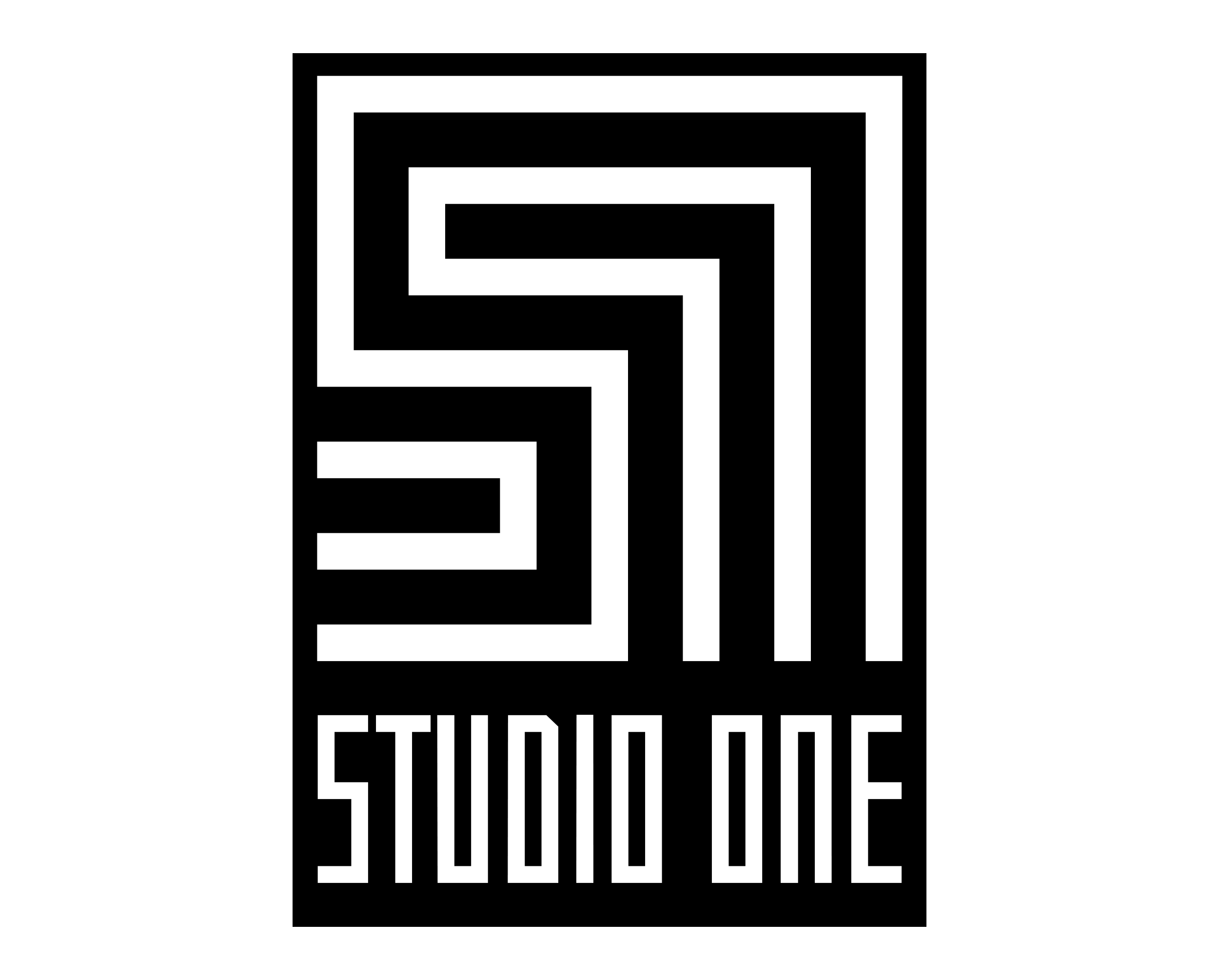
/cdn.vox-cdn.com/uploads/chorus_image/image/64732627/ScaryDoor.0.jpg)
And they fight, and they're a management problem. According to Don Kilhefner, a gay rights activist and self-ascribed “gay tribal elder” based in Los Angeles, Forbes “was going to open it as a straight disco and club owners were telling him straight men are a problem because straight men tend to come out on weekends to blow off steam. The disco was opened by Scott Forbes, a gay optometrist in West Hollywood whose clientele included many celebrities and entertainment professionals.

Somewhere along the way it was a Koontz hardware store, too. The location briefly became the site of something called “Paradise Ballroom” and, after that, a family chain restaurant called “Spaghetti Village”. Buck's club succeeds for a few years before closing in 1972, despite have Hollywood stars like Paul Newman, Peter Lawford, and Jerry Orbach as some of the investors. In 1967 a man named Rob Buck reimagined the space as a ritzy Hollywood nightclub called, simply, The Factory. After the war, Mitchell moved to Glendale, and the factory briefly became the Veterans Salvage Depot. Rumors persist that the factory became a site for Norden bombsights, which were used in America’s nuclear bombings of Japan. With its back facing where The Abbey stands now, and the entrance on North La Peer Drive, Studio One was a massive temple of excess and exclusion, proving that progress for some is often the same as progress for none. Conservationists and developers have sparred for years about what to do with this space as the debate continues over whether the structure should be considered a cultural landmark or not.īut much of the coverage of this argument has missed the fact that the club catered to whites only, which certainly changes the assumption that it was a haven for all queer people. lore: Studio One, a former factory converted into a dance club that operated from 1974 to 1988.

But lost in the shuffle is perhaps the most important-albeit for the opposite reasons-gay disco in L.A. In the last two years, as classic queer havens like Circus Disco, The Palms, and Jewel’s Catch One closed, we were treated to some solid coverage of how these venues became nightlife institutions and safe spaces for thousands of Angelenos. "Studio One was a massive temple of excess and exclusion, proving that progress for some is often the same as progress for none"


 0 kommentar(er)
0 kommentar(er)
